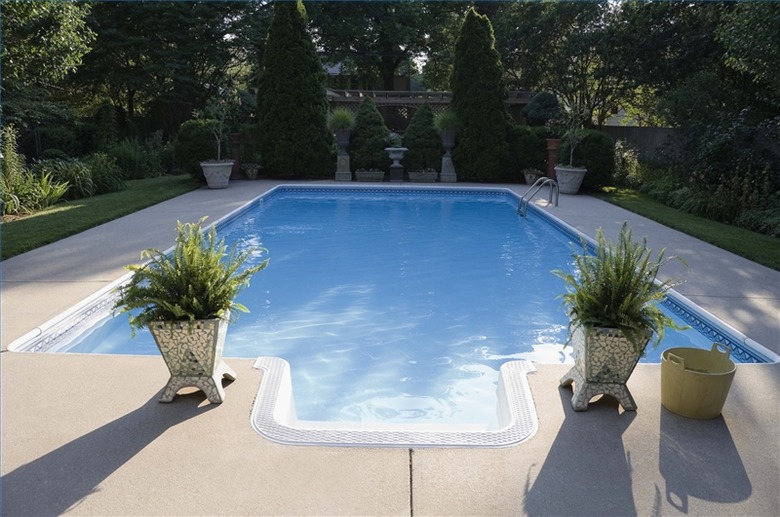How To Empty A Swimming Pool
How to Empty a Swimming Pool. When cool weather rolls around, it's time to put away the pool toys and drain the swimming pool. Here are directions for emptying both aboveground and sunken pools.
Drain an Aboveground Pool
Step 1
Stop adding chemicals to the pool water. Wait half a week.
Step 2
Rent an electric pump.
Step 3
Place the intake hose in the pool and the outlet hose in the center of the lawn.
- How to Empty a Swimming Pool.
- Stop adding chemicals to the pool water.
Step 4
Plug in and turn on the pump, priming per the manufacturer's recommendations. Run until lawn is soggy. Turn off pump and wait until water has seeped into lawn.
Step 5
Restart pump.
Step 6
Repeat until drained.
Drain a Sunken Pool
Step 1
Stop adding chemicals to the water. Wait half a week. For highly chlorinated pools, wait longer or check the pH before draining.
- Plug in and turn on the pump, priming per the manufacturer's recommendations.
- Turn off pump and wait until water has seeped into lawn.
Step 2
Find the drain line in the filter pump. It should be located near the pump motor.
Step 3
Attach a long hose to the drain line. Run the other end of the hose to a lawn or trees.
Step 4
Run the pump until the lawn appears nearly sodden. Turn off pump.
Step 5
Wait several hours.
- Find the drain line in the filter pump.
- Run the other end of the hose to a lawn or trees.
Step 6
Repeat until pool is empty.
Remove A Swimming Pool
For a typical concrete or Gunite in-ground pool, there are two basic options for removal: partial or full. The area is filled with dirt afterward with both methods. Full removal is significantly more expensive than partial removal, but can potentially make the area as though there had never been a pool installed. You will likely need to apply for a permit with specifications about what kind of pool you have and how you will be removing it. If you want to build a structure over the area, there will be additional requirements for stabilizing the soil; you will likely be required to do a full pool removal with engineered backfill to be permitted to build over the pool site.
- Repeat until pool is empty.
- If you want to build a structure over the area, there will be additional requirements for stabilizing the soil; you will likely be required to do a full pool removal with engineered backfill to be permitted to build over the pool site.
Remove A Swimming Pool
For a typical concrete or Gunite in-ground pool, there are two basic options for removal: partial or full. The area is filled with dirt afterward with both methods. Full removal is significantly more expensive than partial removal, but can potentially make the area as though there had never been a pool installed. You will likely need to apply for a permit with specifications about what kind of pool you have and how you will be removing it. If you want to build a structure over the area, there will be additional requirements for stabilizing the soil; you will likely be required to do a full pool removal with engineered backfill to be permitted to build over the pool site.
- Repeat until pool is empty.
- If you want to build a structure over the area, there will be additional requirements for stabilizing the soil; you will likely be required to do a full pool removal with engineered backfill to be permitted to build over the pool site.
Things Needed
- 1 To 3 Garden Hoses
- Electric Pumps
- Extension Cords
- Pumps
Warning
If a lawn or tree-lined area is not available, check with your local sewage agency before running large amounts of water into the gutters. It may be illegal.
References
- Hometown Demolition Contractors: Swimming Pool Demolition and Removal
- PoolCenter: How to Remove or Fill In a Swimming Pool
- Dig & Demo: Full or Partial Removal? Engineered or Non-Engineered? What is best for YOU?
- City of Livermore: Residential Swimming Pool Removal Requirements
- Hometown Demolition Contractors: Swimming Pool Demolition and Removal
- PoolCenter: How to Remove or Fill In a Swimming Pool
- Dig & Demo: Full or Partial Removal? Engineered or Non-Engineered? What is best for YOU?
- City of Livermore: Residential Swimming Pool Removal Requirements
